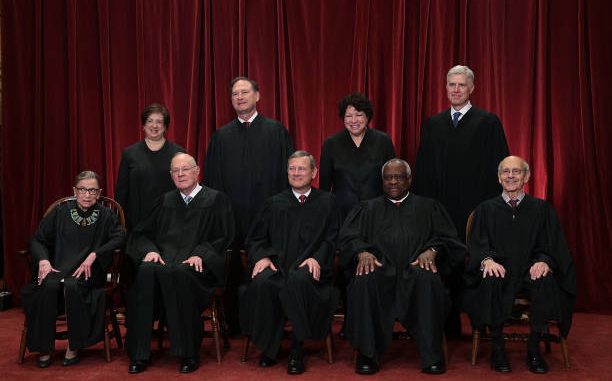
The case, Department of Commerce v. New York, arose after a number of states, cities and advocacy groups sued the Trump administration and claimed the process the administration used to add the citizenship question ran afoul of federal law. Commerce Secretary Wilbur Ross, who oversees the census, was set on adding the question and ignored clear evidence that showed it was a bad idea. U.S. District Judge Jesse Furman agreed with the plaintiffs in January, ruling the Trump administration had violated the Administrative Procedure Act and thus could not add the question. Two other judges later also struck down the citizenship question.
In its ruling, the Supreme Court said that the Department of Commerce did not provide an adequate explanation for its decision and sent the case back to a lower court for further review.
The surprising ruling would still allow for a citizenship question in future years. But it may make it impossible for a citizenship question to get on the 2020 census. The Census Bureau has repeatedly said it needs a final answer from the courts on the citizenship question by June 30 so it can start printing the census forms.
(snip)
The plaintiffs in the case, along with many civil rights groups, say the Trump administration’s justification for adding a citizenship question is a lie. The decennial census has not asked about citizenship since 1950, and the Voting Rights Act was passed in 1965. Justice Department officials have also failed to name voting rights cases it could have brought or won if it had had better citizenship data. Emails made public as part of the litigation showed Ross was interested in adding a citizenship question long before the Justice Department requested it. Commerce Department officials also solicited the Justice Department to formally make the request, the emails showed.
Lawyers in the case also say they recently uncovered evidence the decision to add the question was motivated by a desire to change the way legislative districts are drawn. They say they have files from a deceased GOP mapmaker showing he played a role in getting the question on the census. (The Justice Department denies his involvement.) The same mapmaker had authored a 2015 study showing that adding a citizenship question was necessary to allow officials to draw districts based on the voting-age citizen population, not the total population. Drawing districts that way, he wrote in the study, would benefit white people and the Republican Party.
In the opinion for the majority, Chief Justice John Roberts said the “evidence tells a story” that doesn’t match up with Ross’ explanation for why the question belonged on the census. While Ross maintains he was simply acting on a routine data request from another agency, “the materials before us indicate that Commerce went to great lengths to elicit the request from DOJ (or any other willing agency),” Roberts wrote.
The “VRA enforcement rationale — the sole stated reason — seems to have been contrived,” he added.
Justice Clarence Thomas, in a separate opinion, defended Ross’ decision. “Unable to identify any legal problem with the Secretary’s reasoning, the Court imputes one by concluding that he must not be telling the truth,” he wrote. Justices Neil Gorsuch and Brett Kavanaugh joined Thomas.
Justice Stephen Breyer, joined by Justices Ruth Bader Ginsburg, Elena Kagan and Sonia Sotomayor, also wrote a separate opinion saying they believed there was already sufficient evidence to show Ross’ decision was illegal.
“The Secretary’s failure to consider this evidence — that adding the question would harm the census count in the interest of obtaining less accurate citizenship data — provides a sufficient basis for setting the decision aside. But there is more. The reason that the Secretary provided for needing more accurate citizenship information in the first place — to help the DOJ enforce the Voting Rights Act — is unconvincing,” Breyer wrote.
*see full story by HuffPost